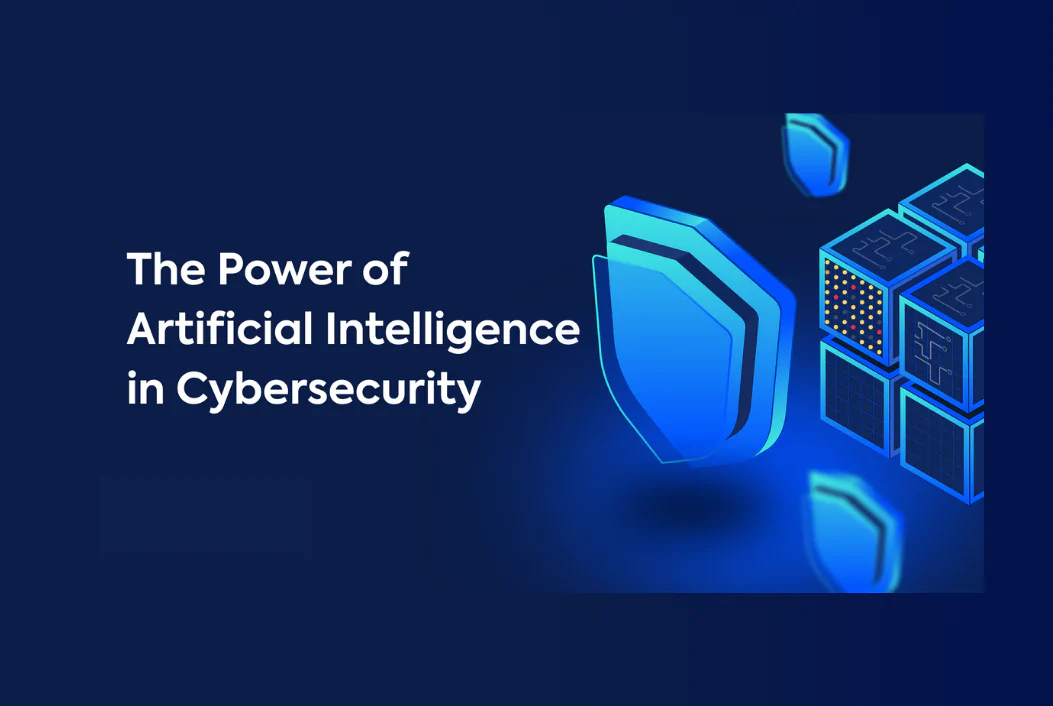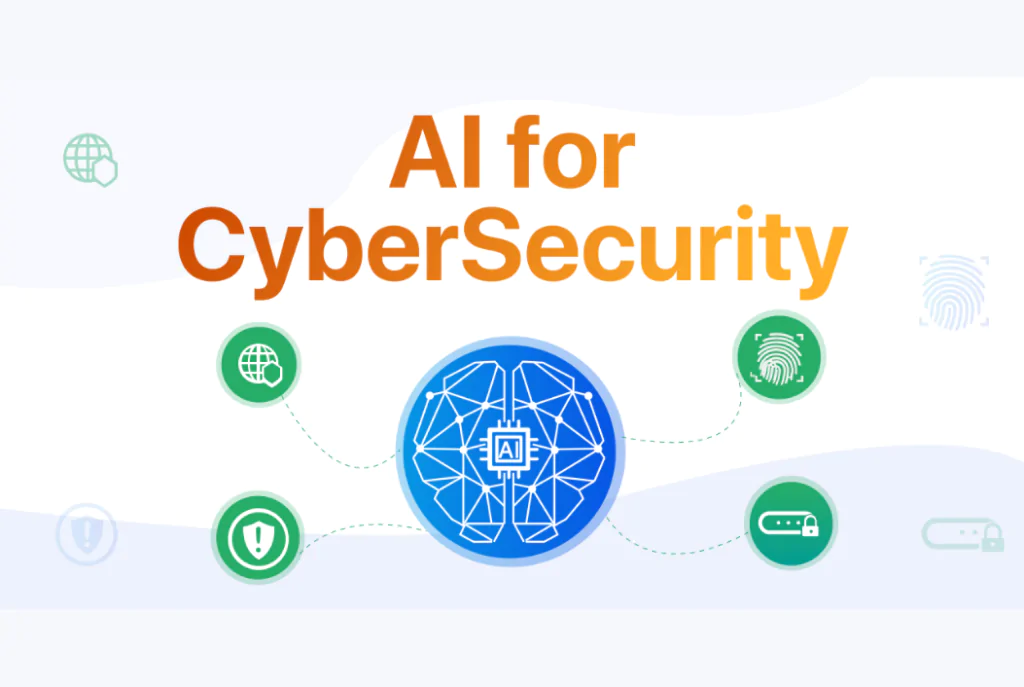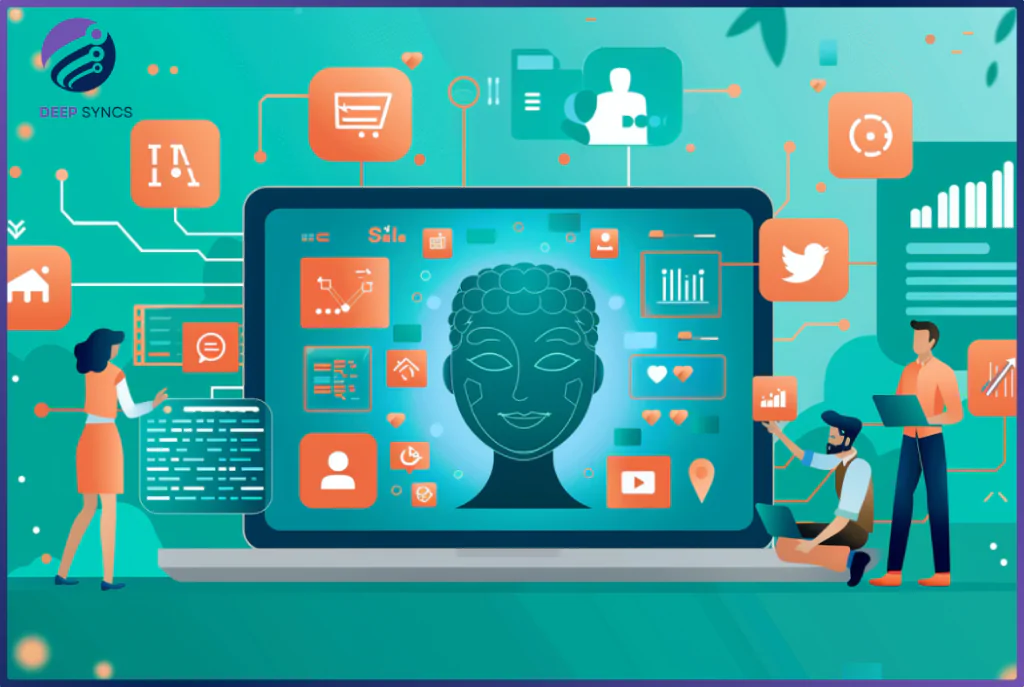Introduction to Cybersecurity Threats
In today’s interconnected world, cybersecurity has become a critical concern for individuals and organizations alike. As technology continues to advance, so do the threats that lurk in the digital landscape. With the rise of artificial intelligence (AI), cybersecurity practices have evolved to combat new and sophisticated cyber threats.
Overview of Cybersecurity Landscape
The cybersecurity landscape is constantly evolving, with new threats emerging regularly. From basic malware attacks to sophisticated data breaches, the breadth and depth of cybersecurity threats are vast and complex.
Evolution of Cyber Threats

Cyber threats have grown in sophistication over the years, evolving from simple virus attacks to complex hacks orchestrated by cybercriminals. As technology advances, so do the methods used by malicious actors to breach security measures.
Cyber threats have evolved significantly over the years, becoming more sophisticated and diverse as technology and the digital landscape have progressed. Here is an overview of the evolution of cyber threats:
-
Early Hacking and Viruses (1970s – 1980s):
- In the early days of computing, cyber threats were mostly experimental, with hackers and enthusiasts creating the first computer viruses as a form of intellectual challenge.
- These early viruses were mostly harmless, aiming to spread and replicate rather than cause damage.
-
Malware and Viruses (1990s):
- As the internet became more widespread, malware, worms, and Trojans emerged as primary cyber threats.
- Malware began targeting businesses and individuals, often to steal data, cause damage, or disrupt operations.
- Social engineering techniques like phishing started to be used to trick users into divulging personal information.
-
Advanced Persistent Threats (2000s):
- Cyber threats became more targeted and complex, with Advanced Persistent Threats (APTs) focusing on long-term, covert operations against specific targets.
- State-sponsored attacks and cyber espionage became more common, with nation-states targeting critical infrastructure, government agencies, and corporations.
-
Ransomware and Cybercrime (2010s):
- Ransomware emerged as a major threat, with attackers encrypting victims’ data and demanding payment for its release.
- Cybercrime became a lucrative business, with cybercriminals using various tactics such as identity theft, online fraud, and extortion.
- The use of botnets and distributed denial-of-service (DDoS) attacks increased, causing significant disruptions to online services.
-
Internet of Things (IoT) and Cloud Security (2010s):
- The rise of IoT devices introduced new attack vectors, as many devices lack proper security measures.
- Cloud services also became a target, with attackers aiming to exploit vulnerabilities in cloud infrastructure and misconfigured settings.
-
Emergence of AI and Machine Learning-based Attacks (2020s):
- Cyber threats are now incorporating AI and machine learning, making them more sophisticated and capable of bypassing traditional security measures.
- AI can be used to automate attacks, analyze large data sets, and generate realistic phishing attempts.
-
Supply Chain and Zero-Day Attacks:
- Supply chain attacks have become a significant threat, with attackers infiltrating trusted vendors or partners to gain access to their clients’ systems.
- Zero-day vulnerabilities remain a major concern, as they allow attackers to exploit flaws before security patches are released.
As technology continues to advance, cyber threats are expected to evolve further. Organizations and individuals need to stay vigilant, adopt strong security practices, and keep up with the latest developments in cybersecurity to protect themselves from emerging threats.
Importance of AI in Cybersecurity
AI has revolutionized the field of cybersecurity by providing advanced tools and capabilities to detect and mitigate cyber threats in real-time. With the power of AI, organizations can enhance their security posture and defend against increasingly sophisticated attacks.
Top 10 Cybersecurity Threats in the Age of AI

Top Ten cyber threats are as follows.
Phishing Attacks
-
Types of Phishing Attacks: Phishing attacks come in various forms, including email phishing, spear phishing, and smishing (SMS phishing).
-
Impact of Phishing on Organizations: Phishing attacks can result in data breaches, financial losses, and damage to an organization’s reputation.
-
AI Solutions to Detect and Prevent Phishing: AI-powered tools can analyze patterns and behaviors to identify phishing attempts and prevent them before they cause harm.
Ransomware
-
Ransomware: The Growing Threat: Ransomware attacks encrypt data and demand payment for its release, posing a significant threat to organizations of all sizes.
-
Consequences of Ransomware Attacks: Ransomware attacks can lead to data loss, financial extortion, and reputational damage for affected organizations.
-
AI-Based Ransomware Protection: AI technologies can detect and mitigate ransomware attacks by identifying malicious patterns and behaviors in real-time.
Insider Threats
-
Understanding Insider Threats: Insider threats occur when employees or trusted individuals misuse their access to sensitive information for malicious purposes.
-
Signs of Insider Threats: Unusual behavior, unauthorized access, and data exfiltration are common signs of insider threats within an organization.
-
Using AI to Mitigate Insider Threats: AI solutions can monitor and analyze user behavior to detect anomalies and prevent insider threats before they escalate.
IoT Vulnerabilities
-
Risks of IoT Devices: Internet of Things (IoT) devices present security risks due to their interconnected nature and potential vulnerabilities.
-
How IoT Devices Can Be Exploited: IoT devices can be exploited to launch large-scale cyber attacks, compromise personal data, and disrupt critical services.
-
AI-Powered IoT Security Solutions: AI-driven solutions can enhance the security of IoT devices by detecting and thwarting potential threats in real-time.
Deepfake Attacks:
- AI-powered deepfake technology can create realistic but fake images, videos, and audio recordings.
- Deepfakes can be used to impersonate individuals, spread misinformation, and manipulate public opinion.
AI-Powered Malware:
- AI can enhance malware’s capabilities, allowing it to adapt, evade detection, and carry out more sophisticated attacks.
- AI-powered malware can autonomously analyze and exploit vulnerabilities in systems.
Automated Cyber Attacks:
- AI can automate various stages of cyber attacks, from reconnaissance to execution, making attacks faster and more efficient.
- Attackers can use AI to identify and exploit multiple targets simultaneously.
Adversarial Attacks on AI Systems:
- Attackers can use adversarial techniques to manipulate AI models, causing them to make incorrect predictions or classifications.
- Such attacks can lead to security breaches in systems that rely heavily on AI, such as facial recognition and autonomous vehicles.
AI Bias and Discrimination:
- AI algorithms can inadvertently introduce or amplify biases, leading to unfair treatment or discrimination.
- Biased AI models can cause harm in security systems, such as falsely flagging innocent individuals as threats.
AI-Generated Security Threats
- AI can be used to create new types of attacks and vulnerabilities, including zero-day exploits.
- AI can identify previously unknown attack vectors that traditional cybersecurity measures might not detect.
Data Poisoning
- Attackers can manipulate the training data used to build AI models, causing them to behave unpredictably or maliciously.
- Data poisoning can compromise the integrity and reliability of AI-based security systems.
Data Breaches
-
Impact of Data Breaches: Data breaches can result in financial losses, regulatory fines, and reputational damage for organizations that fail to protect sensitive information.
-
Common Causes of Data Breaches: Weak passwords, unpatched software, and social engineering tactics are among the top reasons behind data breaches.
-
AI-Driven Data Breach Detection: AI algorithms can monitor networks and systems for unusual activity, enabling organizations to detect and respond to data breaches swiftly.
Exploring Cutting-Edge AI Solutions for Cybersecurity

Machine Learning in Cybersecurity
-
Role of Machine Learning in Cybersecurity: Machine learning algorithms can analyze vast amounts of data to identify patterns and anomalies indicative of cyber threats.
-
Benefits of Machine Learning: Machine learning enhances the speed and accuracy of threat detection, enabling organizations to respond proactively to potential security incidents.
-
Real-World Applications of Machine Learning: Machine learning is used in malware detection, network security, and fraud prevention to safeguard digital assets effectively.
Behavioral Analysis
-
Understanding Behavioral Analysis: Behavioral analysis involves monitoring user behavior to detect deviations from normal patterns that may indicate a security threat.
-
Utilizing Behavioral Analysis in Cybersecurity: Behavioral analysis tools can track user interactions, network activity, and system behavior to identify potential security risks.
-
Advantages of Behavioral Analysis: Behavioral analysis enables organizations to detect insider threats, identify unusual activity, and prevent security incidents before they occur.
Threat Intelligence
-
Importance of Threat Intelligence: Threat intelligence provides organizations with valuable insights into emerging threats, vulnerabilities, and potential attack vectors.
-
Types of Threat Intelligence: Tactical, strategic, and operational threat intelligence help organizations understand the evolving threat landscape and proactively defend against cyber attacks.
-
Leveraging AI for Threat Intelligence: AI technologies can automate the collection, analysis, and dissemination of threat intelligence data to empower organizations with actionable insights.
Conclusion
In conclusion, understanding the top cybersecurity threats and exploring cutting-edge AI solutions is crucial for safeguarding digital assets in the modern age. By leveraging AI technologies, organizations can stay ahead of cyber threats and protect sensitive information effectively.
Remember, the key to effective cybersecurity is constant vigilance, proactive measures, and staying informed about the latest threats and technologies. By adopting a comprehensive cybersecurity strategy that incorporates AI solutions, organizations can enhance their defenses and safeguard their digital world against cyber threats.
FAQs
How does AI enhance cybersecurity measures?
- AI can quickly identify patterns and anomalies in large datasets for real-time threat detection.
- Automates incident response and prioritizes critical threats for security teams.
- Uses machine learning to detect malware, phishing, and network intrusions.
What are some common misconceptions about AI in cybersecurity?
- AI is not a complete solution; it works best alongside other security measures.
- AI doesn’t guarantee 100% security; attackers can manipulate AI models.
- AI requires human oversight for ethical operation and continuous monitoring.
- AI is not always unbiased; it can inherit biases from training data.
How can organizations prepare for emerging cyber threats in the age of AI?
- Invest in AI-driven security solutions and continuously update AI models.
- Implement strong data governance and conduct regular security audits.
- Educate and train employees on cybersecurity best practices.
- Develop an incident response plan that integrates AI.
- Monitor and review AI systems for performance and potential bias.
Learn about more AI Tools.



Wow, superb weblog format! How lengthy have you been running a blog for?
you make running a blog glance easy. The total glance of your
web site is great, let alone the content material! You can see similar here ecommerce